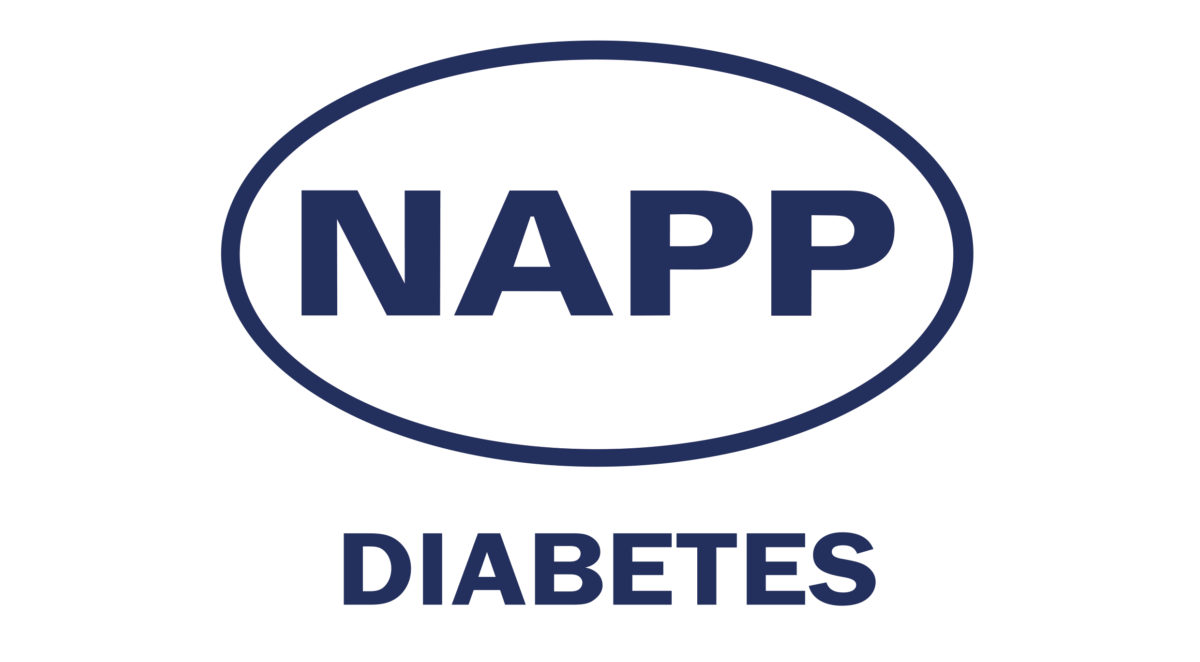- The European Commission (EC) approval is based on the Canagliflozin and Renal Endpoints in Diabetes with Established Nephropathy Clinical Evaluation (CREDENCE) Phase III renal outcomes trial, which was stopped early based on the achievement of a pre-specified efficacy criterion.
- Canagliflozin is the first therapy approved in nearly 20 years to slow the progression of diabetic kidney disease (DKD) in patients with type 2 diabetes mellitus (T2DM), including patients with moderate and severe renal impairment.[1]
- There are an estimated 4.2 million people in the UK living with T2DM,[2] approximately 40% of whom will go on to develop kidney disease.[3]
- Diabetes is estimated to cost the NHS £14 billion per year,[4] and over 80% of those costs are the result of managing complications of the disease, such as DKD.[5]
CAMBRIDGE, 02.07.20 – Napp Pharmaceuticals Limited today announced that the European Commission (EC) has approved the extension of the indication of Invokana® (canagliflozin) to include important renal outcome data from the landmark Canagliflozin and Renal Endpoints in Diabetes with Established Nephropathy Clinical Evaluation (CREDENCE) trial, which was the first dedicated renal outcomes trial in patients with diabetic kidney disease (DKD) and Type 2 diabetes mellitus (T2DM).[6] Canagliflozin is now the only sodium-glucose co-transporter 2 inhibitor (SGLT2i) approved with an extended indication to treat DKD in T2DM patients.6
For the first time in Europe, T2DM patients with an estimated glomerular filtration rate (eGFR) of ≥45 to <60 mL/min/1.73m2 can now be initiated on SGLT2i treatment with Invokana® 100 mg.[7] In addition, T2DM patients with albuminuria (urinary albumin: creatinine ratio >30 mg/mmol (>300mg/g)) and an eGFR ≥30 mL/min/1.73m2 can now be initiated on Invokana® 100 mg and also maintained on treatment until dialysis or renal transplantation.7
Professor Vlado Perkovic, Study Author and Professorial Fellow at the George Institute, Australia, Dean of Medicine at UNSW Sydney commented: “Canagliflozin is the first medical breakthrough in nearly 20 years proven to slow the progression of chronic kidney disease in patients with diabetes at high risk of developing kidney failure. These impressive results from the CREDENCE study have significant clinical implications for preventing kidney failure and have now been incorporated in major kidney, diabetes and cardiovascular guidelines globally. They provide an opportunity to significantly improve the health of millions of people living with chronic kidney disease and type 2 diabetes. With the new approval by The European Commission, these benefits can be realised by people across Europe.”
People with diabetes are five times more likely to need dialysis or a kidney transplant than those without.2 In the UK, diabetes is the leading cause of kidney failure,[8] affecting 10,350 people with diabetes.2 Therefore, slowing the rate of progression of DKD is critical to the successful management of T2DM and its known co-morbidities.
“Today’s label change for canagliflozin marks a significant milestone for T2DM patients with DKD, as there have been no new treatment advances to slow the progression of kidney disease in nearly 20 years,” said Dr Ogün Sazova, Napp Medical Director. “Napp is delighted that the decision means that steps can be put in place to slow kidney disease progression, leading to marked improvements in outcomes for the 40% of T2DM patients who go on to develop kidney disease.”
The CREDENCE trial is the first dedicated renal outcomes study in patients with DKD and T2DM. The study enrolled 4,401 subjects with an eGFR of 30 to <90mL/min/1.73m2 and albuminuria (urinary albumin: creatinine ratio >300 to 5000 mg/g).1Importantly, all patients were treated on a background of standard of care for DKD, in the form of a maximum tolerated dose of an angiotensin-converting enzyme inhibitor (ACEi) or angiotensin receptor blocker (ARB).1 The results showed that canagliflozin demonstrated a 30% reduction, compared to placebo, in the risk of the primary composite endpoint, comprising end-stage renal disease (ESRD), doubling of serum creatinine and renal or cardiovascular (CV) death, with event rates of 43.2 vs 61.2 per 1000 patient years, respectively (Hazard Ratio [HR]: 0.70; 95% Confidence Interval [CI]: 0.57–0.84; p<0.0001).7
Rates of adverse events and serious adverse events were similar overall in the canagliflozin group and the placebo group.1 There were no statistical differences in the incidence of lower limb amputations (HR: 1.11; 95% CI, 0.79–1.56; ARR: 1 more event per 1,000 patient-years) or adjudicated bone fractures (HR: 0.98; 95% CI, 0.70–1.37; ARR: 0).1 There was a small but increased risk of diabetic ketoacidosis observed in the canagliflozin group (HR: 10.80; 95% CI: 1.39–83.65; ARR: 2.0 more events per 1,000 patient-years), compared with the placebo group. The study was stopped early in July 2018, owing to positive efficacy findings.1
Canagliflozin has been approved in the UK since November 2013.7 The recommended starting dose for T2DM is 100 mg once-daily.7 In patients tolerating this dose and with an eGFR ≥60 mL/ min/1.73m2 needing tighter glycaemic control, the dose can be increased to 300 mg once daily.7 In patients tolerating canagliflozin whose eGFR falls persistently below 60 mL/min/1.73m2, the dose of canagliflozin should be adjusted to, or maintained at, 100 mg once daily.7 Canagliflozin should be discontinued when eGFR is persistently below 45 mL/min/1.73m2.7 For the treatment of DKD as an add-on to standard of care (e.g. ACE-inhibitors or ARBs), a dose of 100 mg canagliflozin once daily should be used.7 In patients with severely increased albuminuria (urinary albumin: creatinine ratio >30 mg/mmol (>300mg/g)) canagliflozin can be initiated if eGFR ≥30 mL/min/1.73 m2 and used until renal replacement therapy or transplantation.7 As commercial partner to the Marketing Authorization Holder Janssen Pharmaceutica NV, Napp Pharmaceuticals Limited has exclusive distribution rights for canagliflozin in the United Kingdom.








